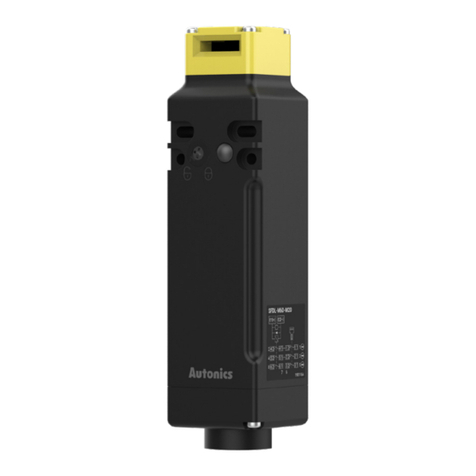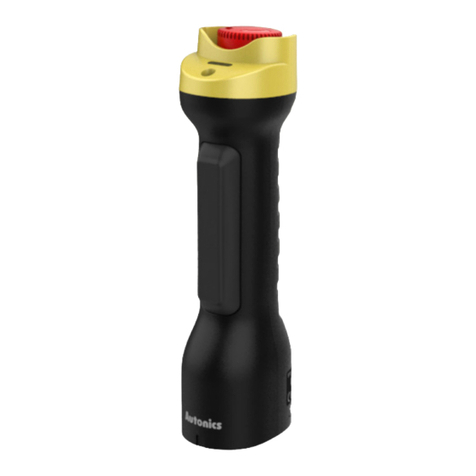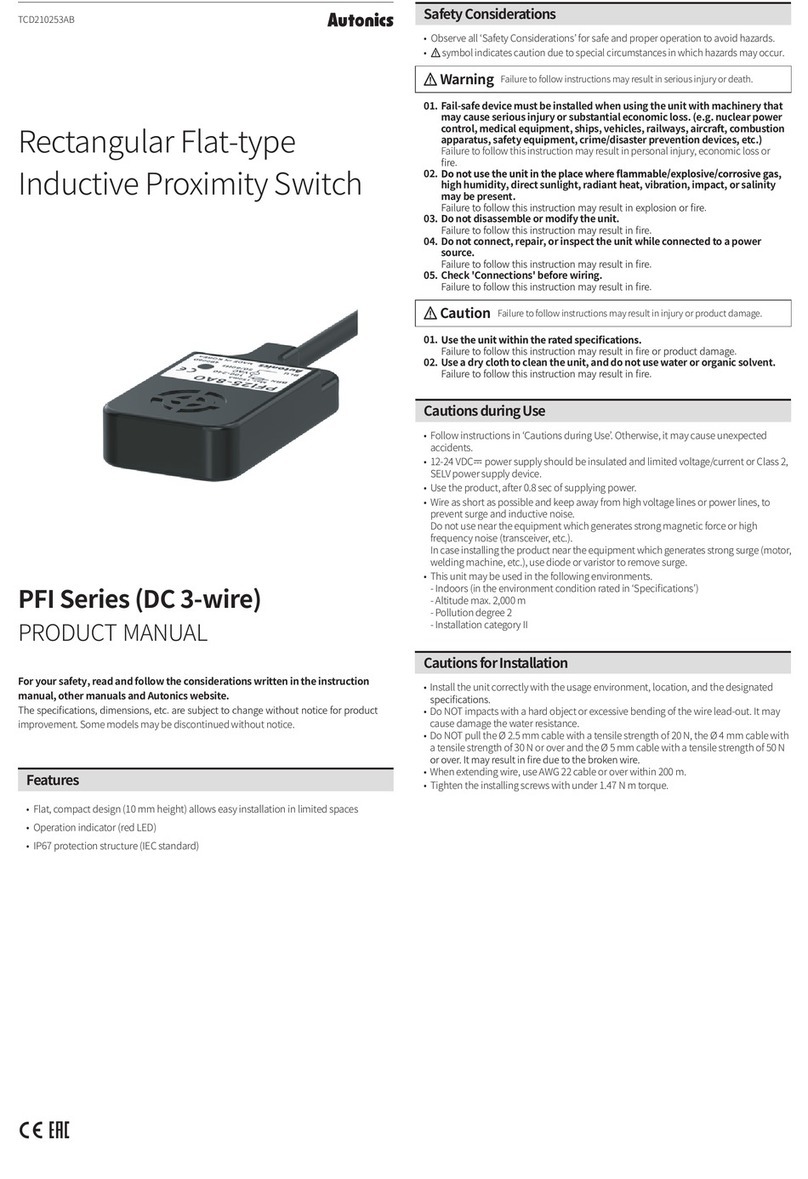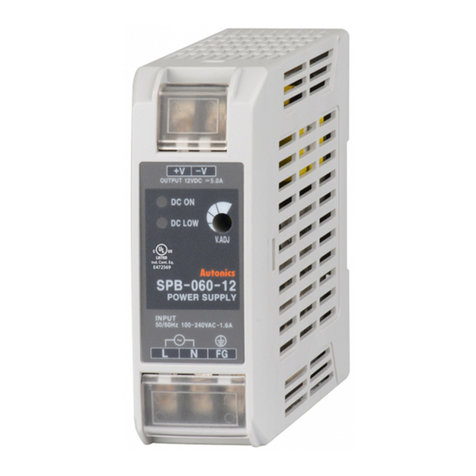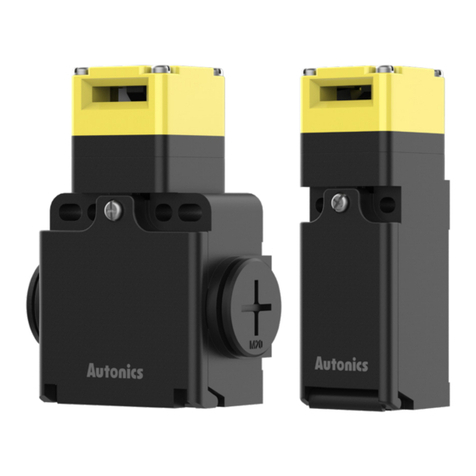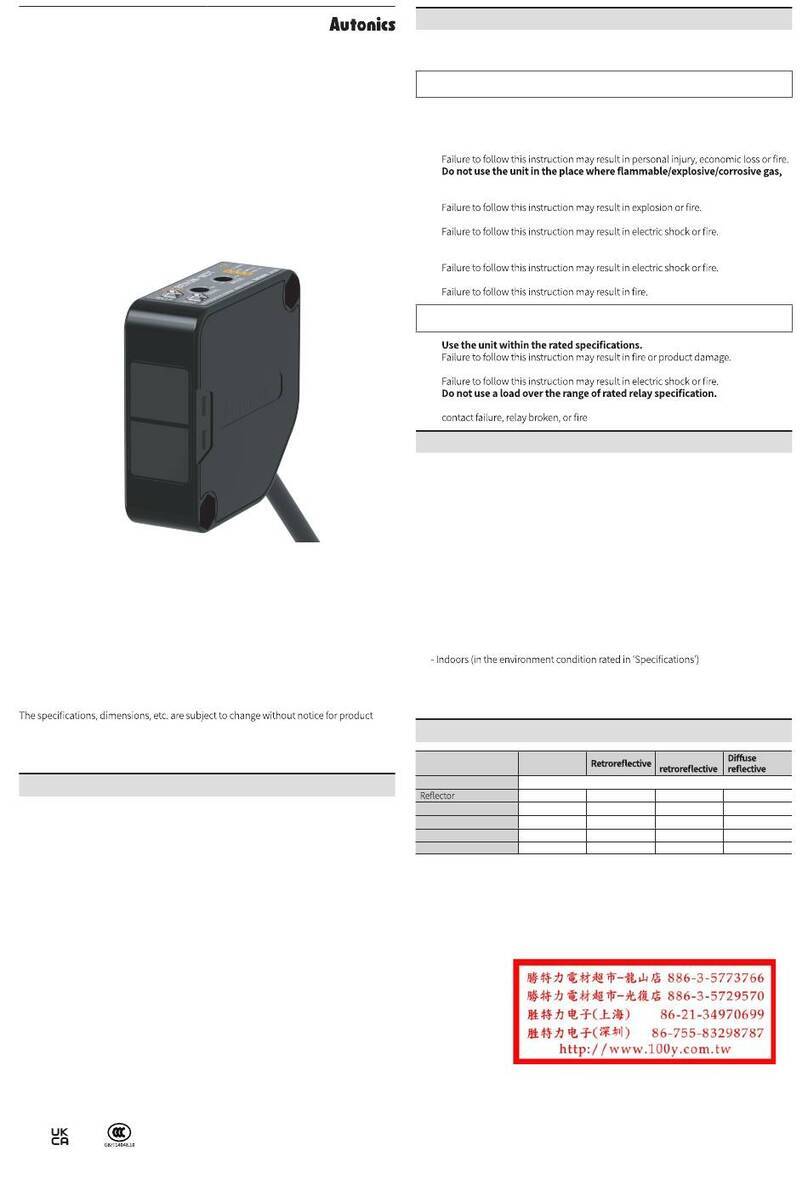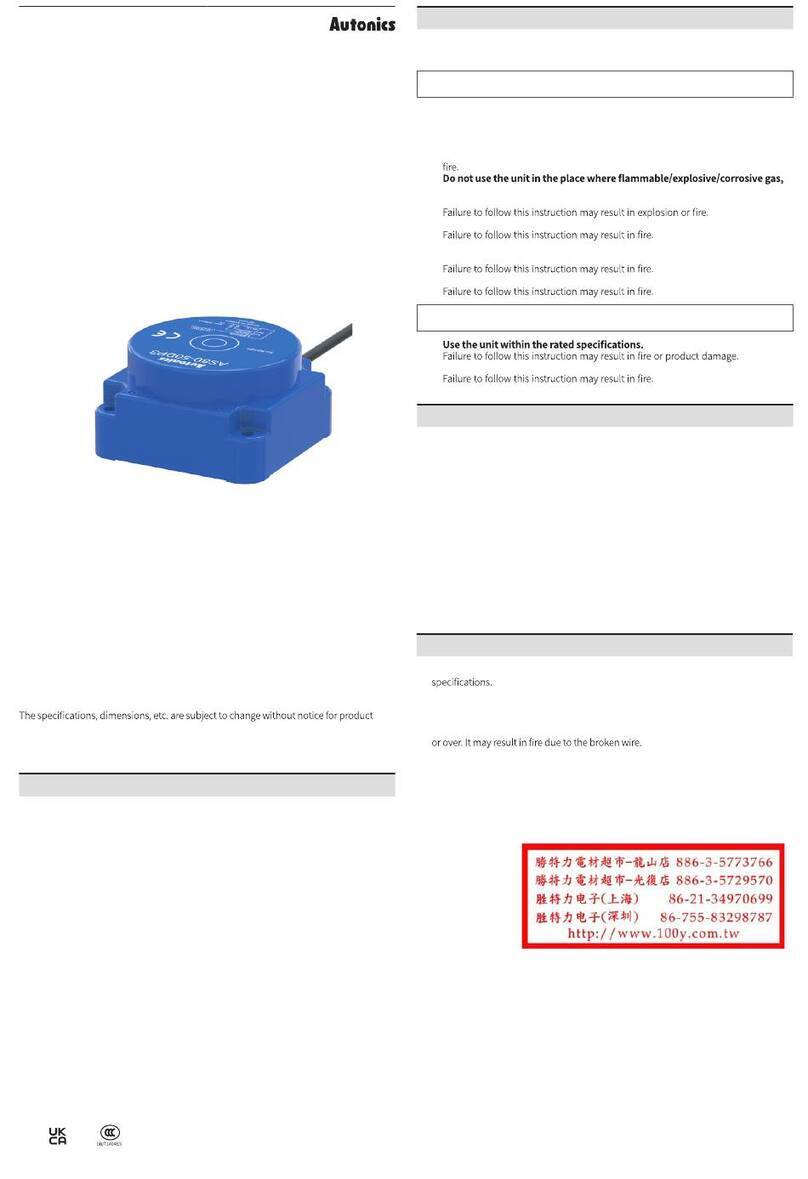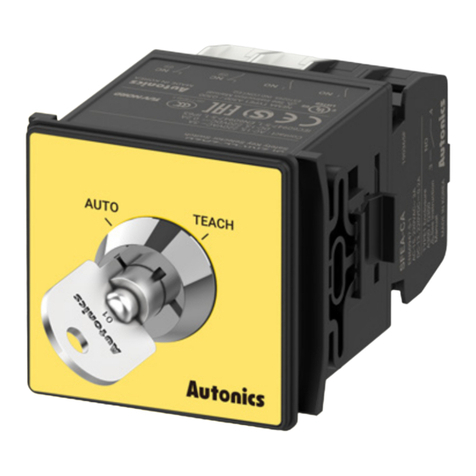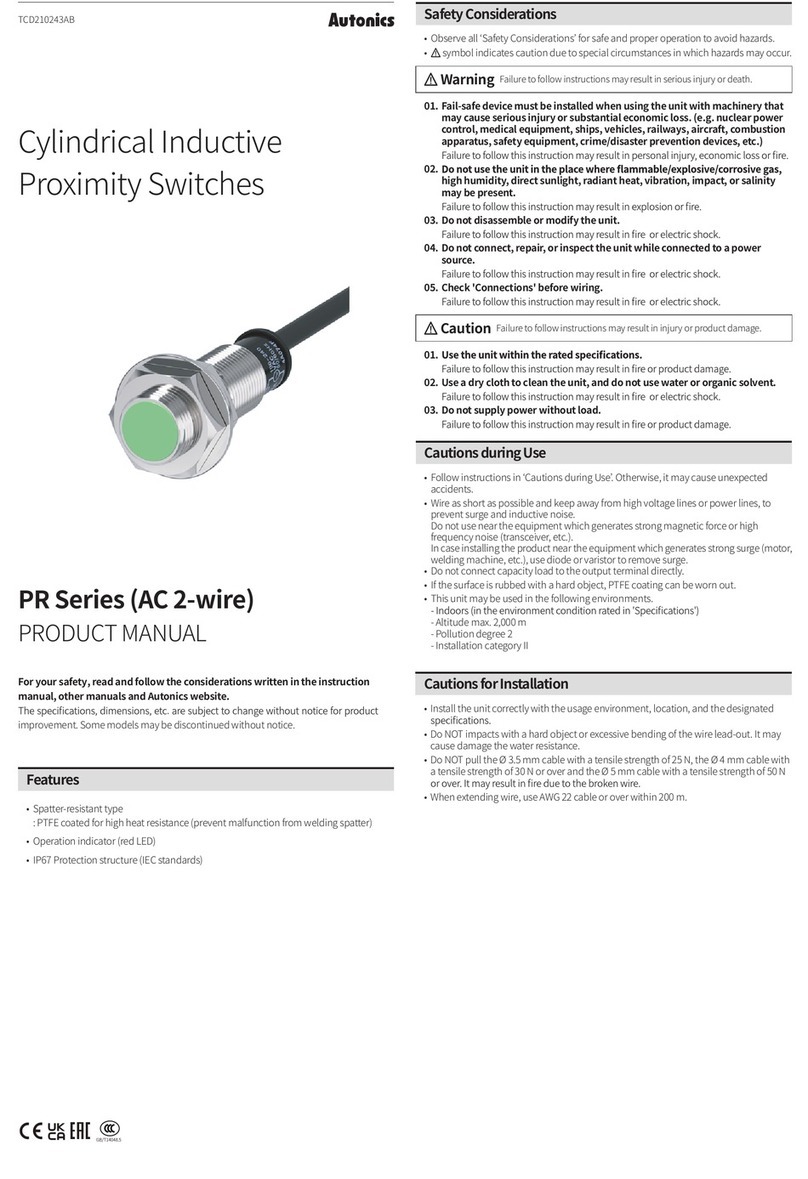Table of Contents
viii © Copyright Reserved Autonics Co., Ltd.
Table of Contents
Preface.............................................................................................................................iii
Coupler Manual Guide.................................................................................................... iv
Coupler Manual Symbols.................................................................................................v
Safety Considerations..................................................................................................... vi
Caution during Use .........................................................................................................vii
Table of Contents...........................................................................................................viii
1Reference manuals ...................................................................................10
1.1 Instruction manual .............................................................................................10
1.2 Coupler manual .................................................................................................10
1.3 Module manual..................................................................................................10
1.4 DAQMaster user manual...................................................................................10
2Protocol overview .....................................................................................11
2.1 Modbus TCP......................................................................................................11
2.2 Basic memory map of field network ..................................................................11
2.2.1 Data Register Summary.............................................................................11
2.2.2 Data Register .............................................................................................11
2.2.3 Input Register.............................................................................................12
2.2.4 Holding Register.........................................................................................14
3Specifications............................................................................................15
4Hardware....................................................................................................17
4.1 Dimensions........................................................................................................17
4.2 Unit descriptions................................................................................................18
4.3 Rotary switch for communication setting...........................................................19
4.3.1 Transfer rate...............................................................................................19
4.3.2 Switch for station no...................................................................................19
4.4 Status indicator..................................................................................................20
5Memory map..............................................................................................22
5.1 Memory system .................................................................................................22
5.1.1 Data handling .............................................................................................22
5.1.2 Data type....................................................................................................22
5.2 Memory structure...............................................................................................23
5.3 Memory area......................................................................................................24
5.4 Gather diagnostic information of modules.........................................................24
5.5 Process image...................................................................................................25
5.6 Example of memory map...................................................................................25
5.6.1 Device.........................................................................................................25
5.6.2 Input process image...................................................................................25
5.6.3 Output process image................................................................................26
